Ron Haviv
Ron Haviv and Gary Knight, both eminent photojournalists and founding members of the VII Photo Agency, have created the VII Foundation to enhance the public and pedagogical impact of documentary visual narratives "through innovation, education, collaboration and connection."
I have joined the Advisory Board of the VII Foundation to help develop their mission and strategy, enhance their outreach, and develop curricula for their projects.
Gary, Ron, and the VII Photo Agency were frequent collaborators of the Institute, in efforts such as Questions Without Answers, and invaluable in the creation of the Institute’s Exposure photojournalism program and the mentorship of Exposure students. At my invitation, Gary developed and taught Exposure’s successor program, the Program on Narrative and Documentary Practice. Significant alumni of these programs include Sarah Arkin, Jessica Bidgood, Rachel Boillot, Matt Edmundson, Elizabeth Herman, Sam James, and Nichole Sobecki.
Fellow Advisory Board member Shahidul Alam was wrongly arrested and tortured by the Bangladeshi government in August 2018. I was asked by VIIF to be their point person and coalesce its efforts as part of a successful international campaign to help free him. Shahidul was acknowledged as a 2018 Time Person of the Year, and with a major exposition at the Rubin Gallery in New York.
Gary Knight
Projects
Photograph by Alexandra Boulat
The Peace Project
The Peace Project looks at truth, reconciliation, justice, forgiveness, and the complexity of securing and maintaining peace in societies that, since the end of the Cold War, have managed to escape seemingly intractable conflicts. It features the work of a distinguished cohort of photojournalists and correspondents as they return to the war zones they once covered, and examine an uneasy peace years later. The countries being covered are Bosnia, Cambodia, Colombia, Lebanon, Northern Ireland, and Rwanda.
The Project explores issues of the distortion or silencing of memory, remaining animosities, and the lessons that can be learned from difficult and tenuous peace processes. It culminates in a book, Imagine: Reflections on Peace, with essay contributions from Jon Lee Anderson, Richard Goldstone, Samantha Power, Robin Wright, and many other distinguished authors and diplomats.
Of special personal note to me is the account by Padraig O’Malley of the sessions he held between the ANC, IRA, and Northern Ireland government, which provided the framework for the Institute’s Iraq Project.
It is particularly gratifying to see included the work of my close alumnae Biz Herman and Nichole Sobecki.
Initial thoughts were to create a supplementary website for Imagine, for which I created several abstracts and backgrounders. Here is my contribution focusing on Lebanon, and another on Bosnia.
Here are the exhibitions, first hosted by the International Red Cross at their MICR Museum in Geneva. The book will have corresponding traveling exhibitions post COVID-19 , In addition, the MICR has proposed to be a full partner on touring the exhibition around the world. Other partners include former French Prime Minister Jean-Pierre Raffarin, founder of Leaders pour la Paix (Leaders for Peace), and has offered the project to be at the center of a conference and accompanying exhibition in Paris in 2020, to be held at the Hôtel de L’Industrie. Other potential locations include Arles, France, during the prestigious photography festival Rencontres Arles; Sarajevo with the sponsorship of the US Embassy; the International Center of Photography in New York; and the Flanders Fields Museum on WWI in Ypres, Belgium.
Other aspect of the Project we will explore is a bus museum tour, and associated curriculum and poster campaign, to promote public interaction with the Project’s material throughout the US; and a series of films in support of the materials presented in the book.
Biography of a photo
The two most iconic and influential photographs of Ron Haviv’s body of work were taken in Panama in 1989, and in Bosnia in 1992. In the first, Panamanian Vice President-elect Billy Ford is seen brutally injured and defending himself from supporters of Manuel Noriega, who had just lost the election. In the second, a Serb militiaman kicks a Bosnian Muslim woman after she had been shot, shortly before the outbreak of the Bosnian war.
Ron, together with Lauren Walsh, a scholar of the politics and ethics of photography, is now creating a documentary film exploring the impact of the two photographs in their societies and in global politics. One helped bring to the attention of the world the rapid unraveling of Bosnian society, and George H.W. Bush cited the important role played by the other in his decision to intervene in Panama. Three decades later, both continue to have complicated legacies, and retain a hold on our understanding of both countries. Both have been the subject of censorship, controversy, and embattled historical memory. The film will explore all of these aspects.
I have consulted on this project, and written in support to help secure funding and resources for this meaningful and important retrospective.
Workshops
Whenever feasible and germane, we seek to involve students and to mentor them. With a recent Tulane graduate in Studio Arts, Noa Sklar, and a current Emory undergraduate, Matteo Ascherio-Victoria, Jerome and I have been serving on the selection committees for workshops led by VII’s world-class photojournalists. These intensive multi-day workshops, each based in a unique location, teach developing photographers valuable skills and techniques, and allow them nurture their own documentary style, themes, and sensibilities. The individuals we consider range widely in age, background, and interests, and are chosen with great attention to VIIF’s mission of mentoring those who might otherwise lack opportunity or resources.




















